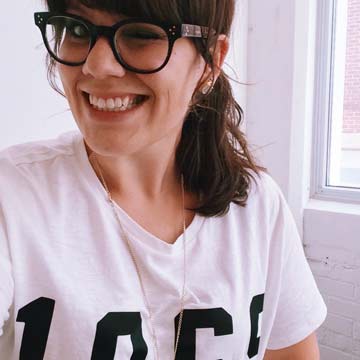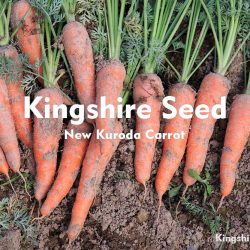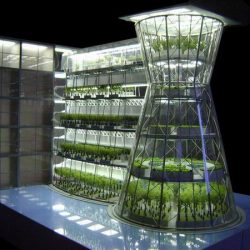Asks: Can you give me some vegetable-seed-growing tips? I want to try starting them from seeds instead of plants.
Growing vegetables from seed is a great way to start your vegetables. It’s not only more economical than buying transplants from your local nursery, but you can choose from a much larger selection that isn’t available as seedlings — heirlooms that are the most popular now, rare and unusual varieties, pest and/or disease-resistant strains and hybrids.
Start by choosing quality seed with a packing date indicating the current year. Store the unused seed in sealable, moisture-proof plastic bags or jars and store them in a cool, dry, dark place. It’s important to sow seeds correctly, so read the packet directions or grower recommendations to determine the proper depth and spacing they’ll need.
For vegetables with tiny seed such as carrot, kale, lettuce and most leafy greens, the depth of planting may be a quarter-inch or less. Cover such seed with fine sandy loam or loose compost by sifting it over the seed, then gently firm the area surrounding the planting to make sure that the soil is making contact with the seed. These can be sown directly outside at this time.
To sow leafy greens such as lettuce, as well as radishes and carrots in beds, scatter the seed evenly with your open palm, gently tossing the seed with a flinging motion of your wrist, or by holding the seeds in the palm of one hand, take a pinch of seeds with the other hand and sprinkle them about. Once the seeds are spread, cover them with topsoil or loose compost to the recommended depth. Then firm the soil (but don’t compact it), and mist the area with water until the area is saturated.
Larger-seed vegetables such as beets, peas, pumpkin, squash, etc. can be planted deeper, either in a furrow or in holes made with a dibber, a hoe handle or just your finger. Again, gently firm the soil over the seed after planting.
Complete your sowing by gently misting the surface of the soil with a fine spray, either with an adjustable nozzle on a garden hose or a watering can with small holes, like a shower. Be careful to avoid washing away the newly sown seed from the soil, and keep the soil evenly moist until the seeds germinate and they start to sprout up. The beets and peas can be sown outside now, but wait until May for the pumpkins and squash.
For some veggies, like cucumbers, squash and pumpkin, press 3 to 5 seeds to the recommended depth (according to the seed packet), then cover with additional soil. Firm the soil over the seeds, then water. Keep the soil evenly moist until seedlings emerge, then water regularly, checking the soil first, a few inches down, to see how wet or dry the soil is.
Plant peas and beans in rows. Press each seed into the soil to its recommended depth and spacing. Sift more soil over the seeds until they’re covered. Once covered, mist with water. Keep the planting evenly moist until seedlings emerge, and then water by filling the furrows made beside the seedlings. If you have the pole varieties, be sure to get your trellis up so they have something to grow up.
 English
English
 German
German
 French
French




